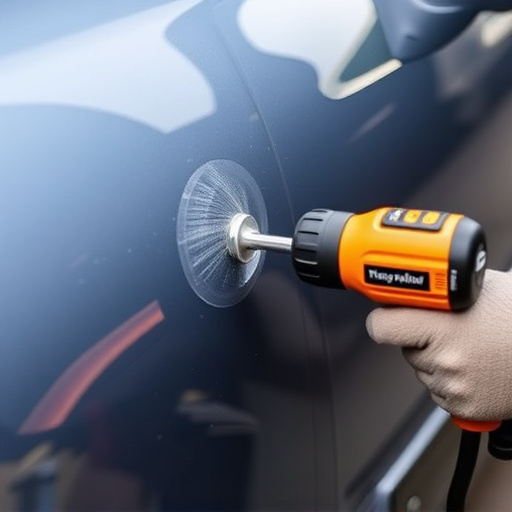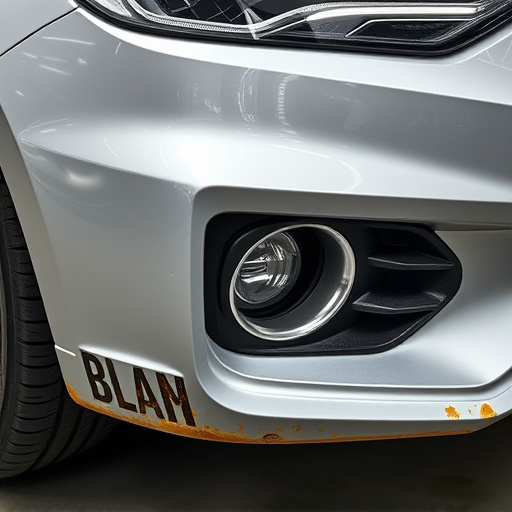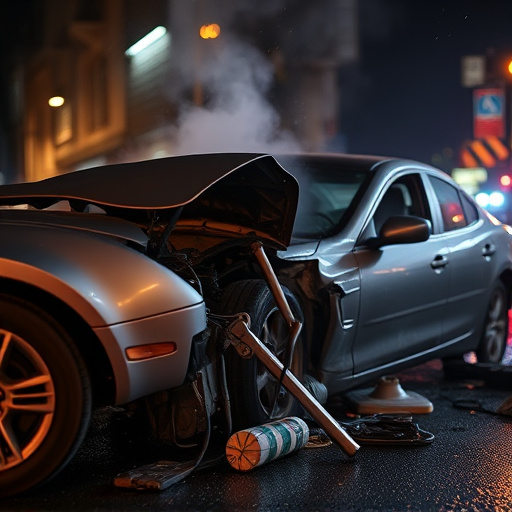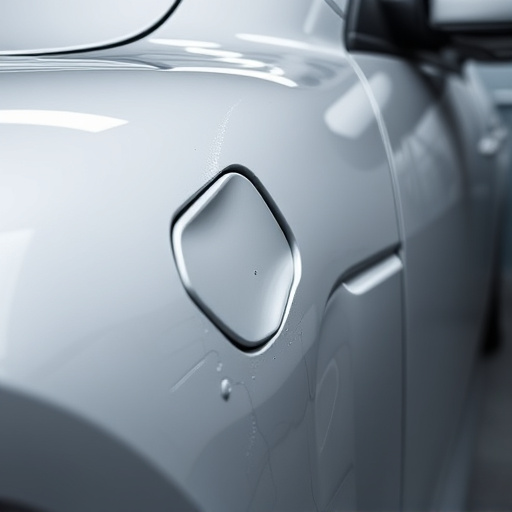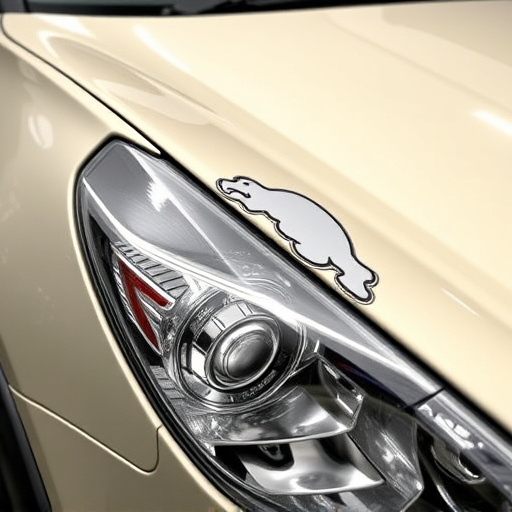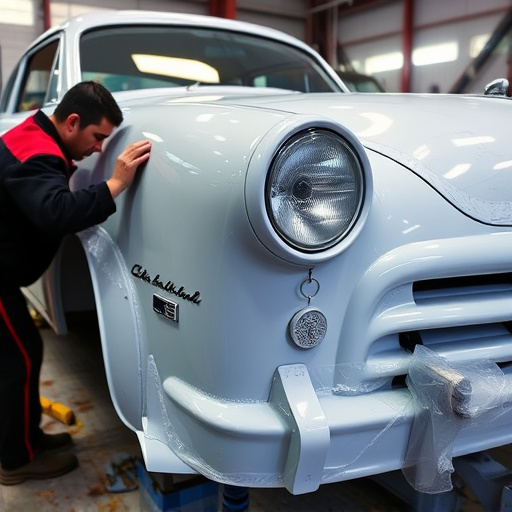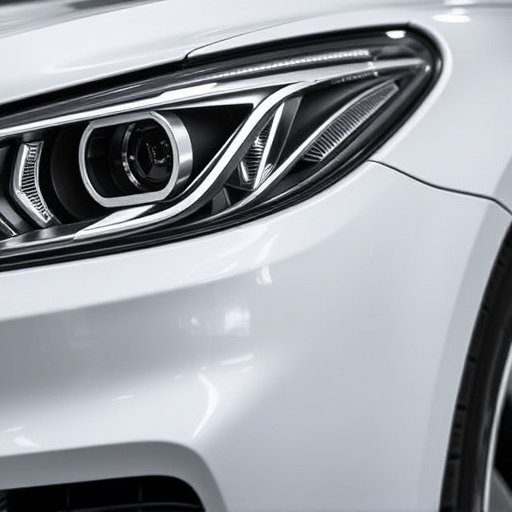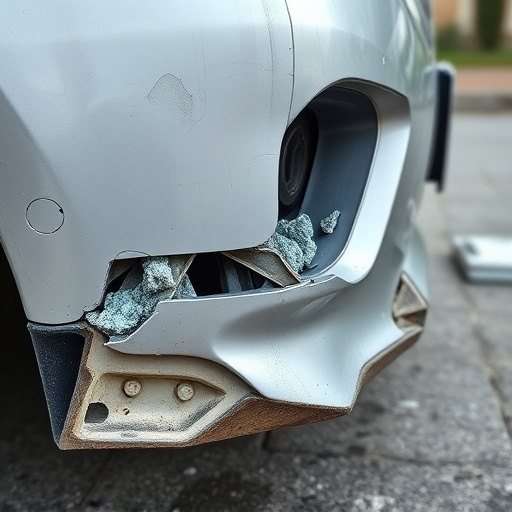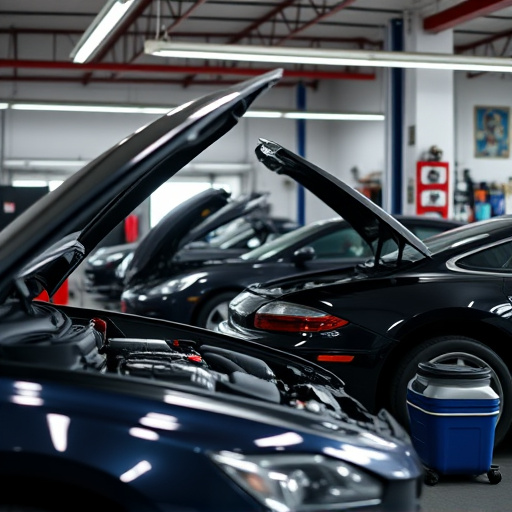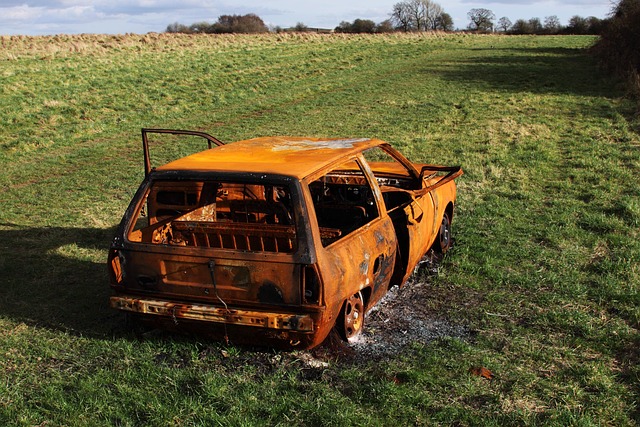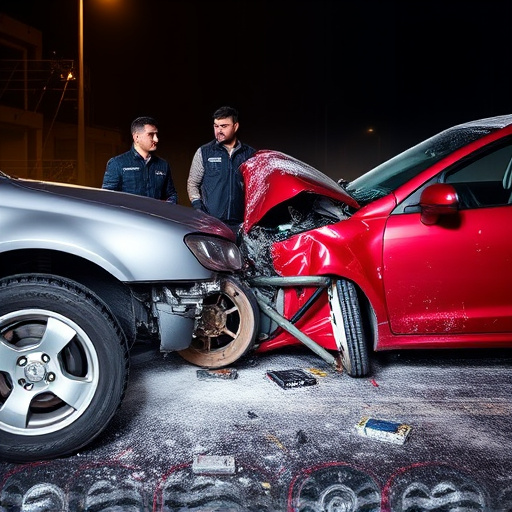Manual and powered PDR (Paintless Dent Repair) equipment cater to different needs in automotive restoration. Manual tools offer precision and control for minor dents, while powered equipment provides speed and force for larger repairs, reducing turnaround time. Skilled professionals can achieve high-quality, virtually invisible repairs with either method, but powered equipment requires specialized training and higher initial investment. Choosing the best PDR equipment depends on the frequency and type of dent removal tasks encountered in collision repair markets.
Choosing between manual and powered PDR (Paintless Dent Repair) equipment is a crucial decision for professionals. This article guides you through the process, offering insights into Understanding Manual PDR Equipment: Pros and Cons, exploring Powered Options: Advantages and Potential Drawbacks, and highlighting key Factors to Consider when selecting your ideal PDR equipment. Discover why these choices matter in today’s competitive market and enhance your dent repair capabilities with the right tools.
- Understanding Manual PDR Equipment: Pros and Cons
- Powered Options: Advantages and Potential Drawbacks
- Factors to Consider When Choosing Your PDR Equipment
Understanding Manual PDR Equipment: Pros and Cons
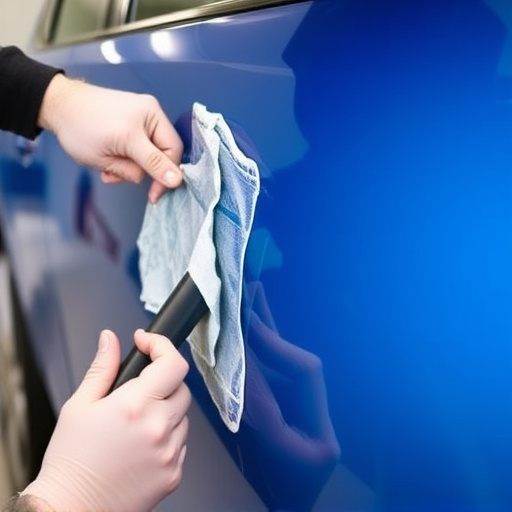
Manual PDR (Paintless Dent Repair) equipment has been a staple in the automotive industry for years, relied upon by professionals and enthusiasts alike for its precision and effectiveness in vehicle restoration. This traditional method requires skill, patience, and physical exertion, as technicians use hand tools to carefully manipulate and adjust metal without the need for power sources. The pros lie in its versatility; suitable for various dent removal tasks, from minor bumps to complex panel repairs. It also offers control over every movement, enabling intricate work, especially in tight spaces.
However, the cons include the time-consuming nature of the process, as manual labor demands more effort and can be fatiguing for technicians. In a competitive automotive collision repair market, where quick turnaround times are crucial, this may not be the most efficient option. Moreover, achieving consistent results requires extensive training and experience, making it less accessible for beginners. Yet, in the context of Mercedes-Benz repairs or other high-end vehicle restoration projects, manual PDR equipment can produce exceptional, virtually invisible results when used by skilled practitioners.
Powered Options: Advantages and Potential Drawbacks
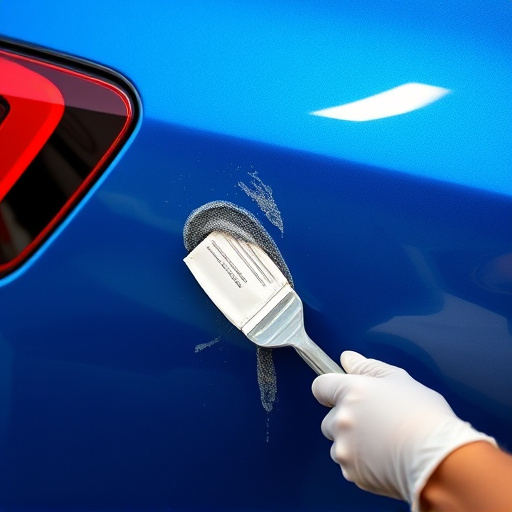
Powered PDR equipment offers several advantages for auto collision centers and car repair shops dealing with hail damage repair. These tools streamline the process by providing consistent force application, which is crucial for efficient and effective dent removal. They are particularly beneficial in situations requiring rapid repairs, as they can significantly reduce the time needed to restore vehicles to their pre-damage condition. This speed can be a significant selling point for customers at busy body shops.
However, there are potential drawbacks to consider. Powered options may carry higher initial acquisition costs compared to manual PDR tools, which could pose financial challenges for smaller repair facilities. Additionally, while they enhance productivity, they might also require more specialized training for technicians to ensure safe and effective use, adding another layer of investment in terms of employee development. Nonetheless, with regular maintenance, these powered tools can provide long-lasting service, making them a valuable asset for any professional aiming to excel in the field of hail damage repair.
Factors to Consider When Choosing Your PDR Equipment
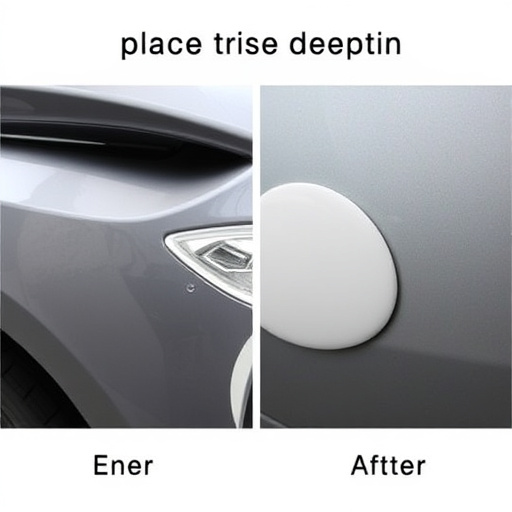
When choosing between manual and powered PDR (Paintless Dent Repair) equipment, several factors come into play. Firstly, consider the scope and frequency of your fender repair tasks. Manual tools are ideal for minor dings and simple fender repairs, offering precision and control in car bodywork services. They’re lightweight, easy to maneuver, and suitable for tight spaces, making them a great option for quick touch-ups.
However, powered PDR equipment steps up the game for more extensive vehicle collision repair jobs. These tools provide increased speed and force, making them efficient for removing dents quickly. Powered options are particularly beneficial when dealing with larger dents or multiple repairs, as they can significantly reduce workload and time. In terms of PDR equipment, the choice ultimately depends on your specific needs, repair complexity, and desired efficiency in car bodywork services.
When selecting PDR equipment, understanding both manual and powered options is key. Each has its advantages and potential drawbacks, making it crucial to consider factors like your skill level, project scope, and budget. By weighing these aspects, you can make an informed decision that best suits your needs, ensuring optimal results for your PDR work.

